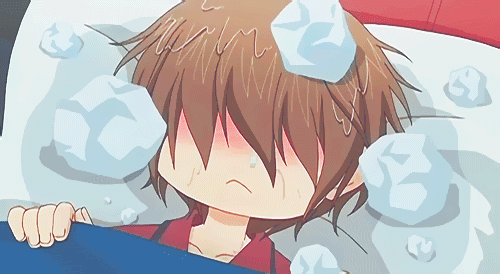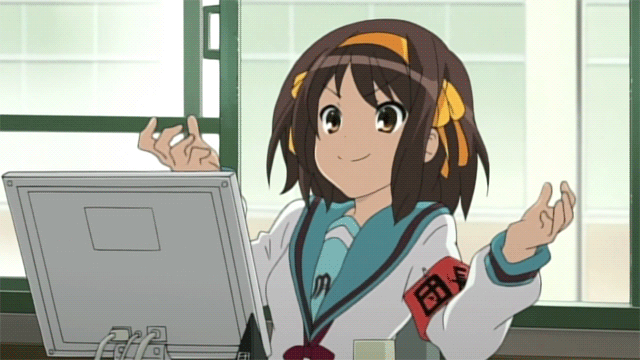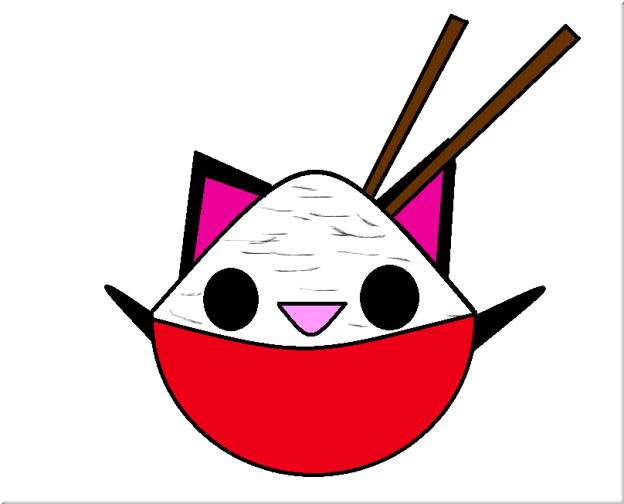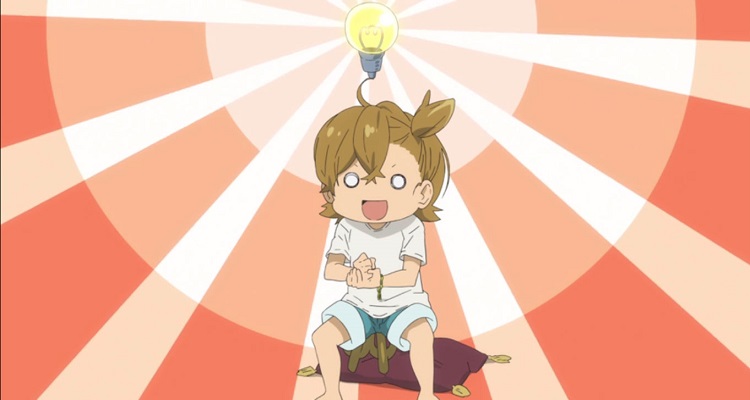Late posts are the bane of my existence. But there’s little I can do when the first cold of the season decides to waltz on up and slap me real hard in the sinuses. Let’s just say that writing doesn’t come to mind when you can’t breathe properly.

That’s been me for the past few days. Dammit.
While I’ve been living off cold medicines and soups, my brain has done the thing it’s best at: wander off in strange directions with no rhyme or reason. One such direction had me wondering if anime really was still a niche market. The knee-jerk reaction is likely just to say “yes, of course,” since anime is still considered a nerdy habit for nerdy people who don’t bathe and live in the basement. But, if you press hard enough with your average normie, you’ll find out that they’ve either grown up on Toonami cartoons (mostly anime) or maybe checked out Fullmetal Alchemist or Attack On Titan (both anime).
The people who claim to “hate anime” but love one of these shows just baffle me.
So, has anime actually crossed the niche boundary to become a more majority-approved hobby? No, but I do believe there have been some very significant changes that have made it less rare.

For starters, there’s no way that anime and anime fans today face the same struggles and isolation anime fans back in seventies and eighties had to put up with. If you go into the wayback machine, you discover that anime began as a series of bootlegged dvds in some otaku’s basement, or maybe some specially translated copies ordered from Japan and translated rather… precariously. But, as I mentioned in a post prior, things changed when mainstream media decided to introduce a larger, younger audience to the wonders of anime; we called it Toonami.

The revolution will be televised.
While there were other contributing factors to anime becoming a more “known” hobby, little in the 90’s had the same widespread effect that Cartoon Network’s Toonami had. The now-famous block of programming aimed to bring in more action-oriented shows to slightly older audiences – teens and young adults mostly – and picked some, also now famous, pieces from the shounen/giant robot bin. You’d watch Pokemon, Transformers and even Gundam Wing every day at seven pm but, as soon as it was over you’d go to bed without remotely entertaining the idea of making the necessary bootlegging trips to look at more.

And lo, all that changed thanks to the beautiful and nasty creation that was The World Wide Web and the later creation that was the streaming service. The information age brought with it all the answers you could ever want about what anime is, isn’t, possibly could be, and so much more. You now have more open access than ever to anime shows – legally and otherwise – creating a fandom that is massive in scale and diverse as hell. It’s so prominent now that mainstream streaming sites like Netflix are even producing their own anime and live action anime movies (which are terrible, as is traditional). Western animators are even borrowing the animation style to do their own work, such as with the Castlevania anime.
So, if all of this is true, can we really call anime a niche at this point? In my own opinion, I believe the answer is a bit more complicated. No, anime itself isn’t really an obscure niche anymore. But anime-fans, however, are still very niche. It’s just easier now, more than ever, for us to make contact.

Time to make some friends!
The supply of anime is now overflowing and somewhat integrated into the mainstream world. But if you poke a random someone who shows a slight love of one anime or another, you’ll find that they don’t really care to pursue it much further. They prefer to keep it simple and dabble, despite the wide array at their fingertips. However, it’s also super easy to find someone who loves the medium just as much as you, or to find friends at a local convention for anime. So, while the general public is more aware of anime, and maybe a little more accepting than they used to be, the fandom of anime is still a niche hobby.
And, quite frankly, that’s not such a bad thing.



